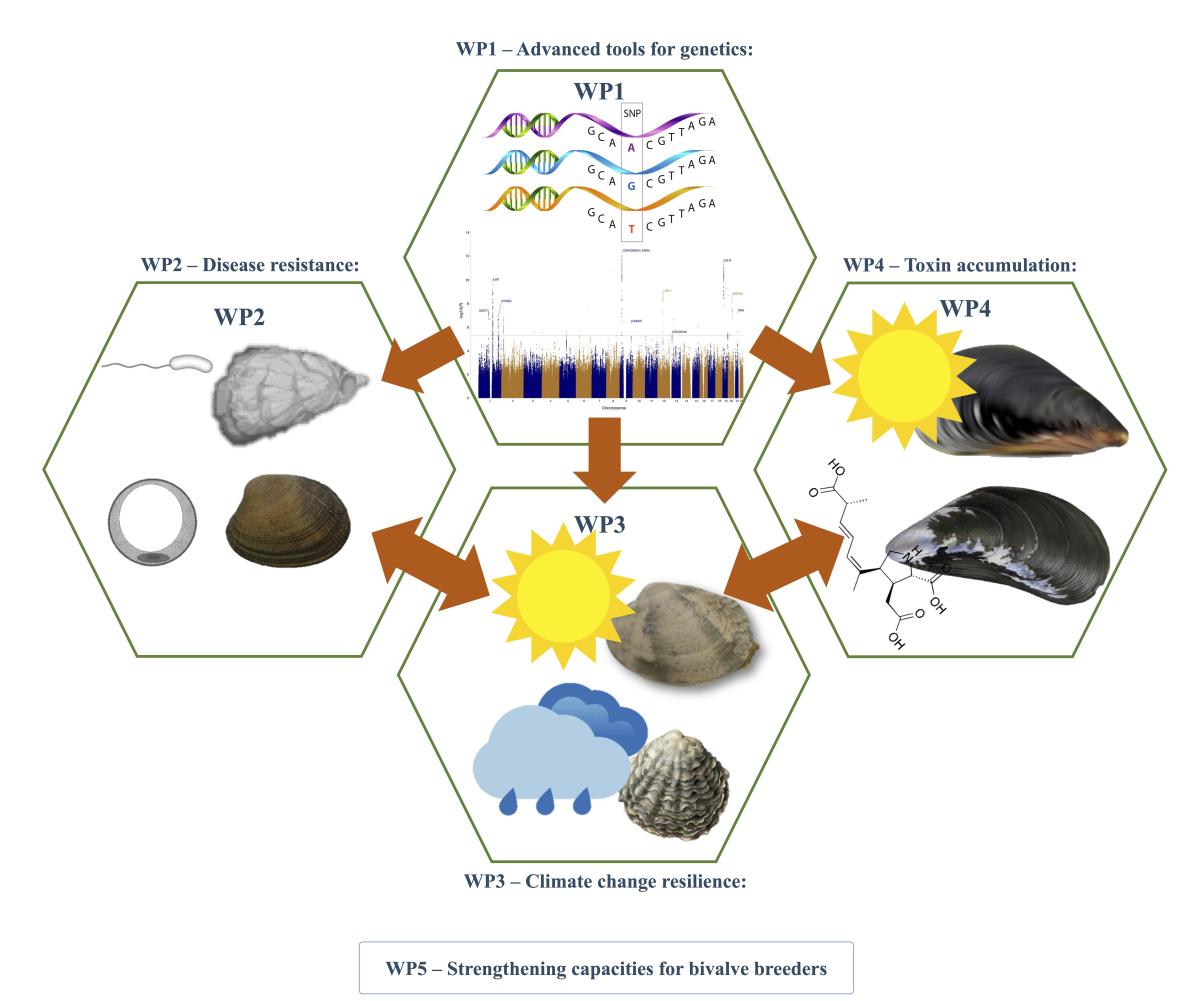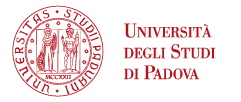
- Develop advanced tools for genetic selection, such as high-density SNP arrays and optimized breeding schemes, tailored to six major bivalve species farmed in Europe.
- Estimate genetic parameters and identify Quantitative Trait Loci (QTLs) for disease resistance, resilience to climate stressors (heat waves, salinity stress), and production traits.
- Establish effective selective breeding programs for climate-resilient strains of oysters, mussels, and clams.
- Co-create best practices for selective breeding with stakeholders, ensuring practical implementation in the industry.
- Provide training and capacity building for bivalve hatcheries and producers to adopt innovative breeding approaches.







